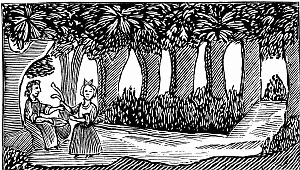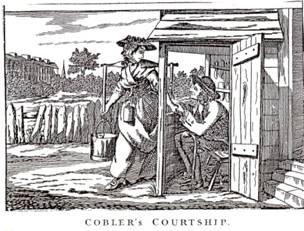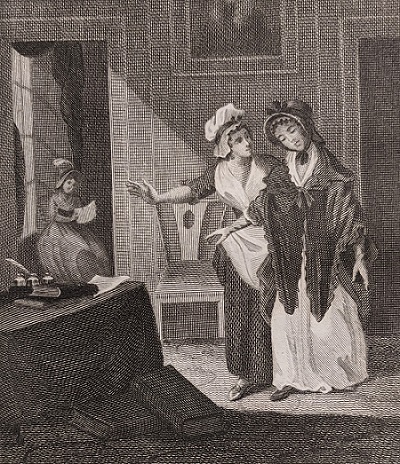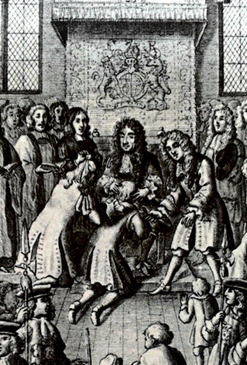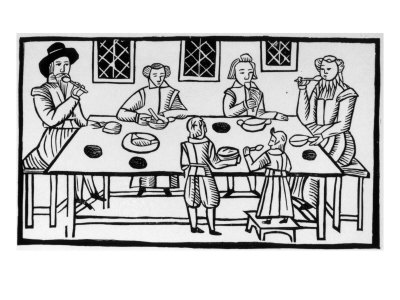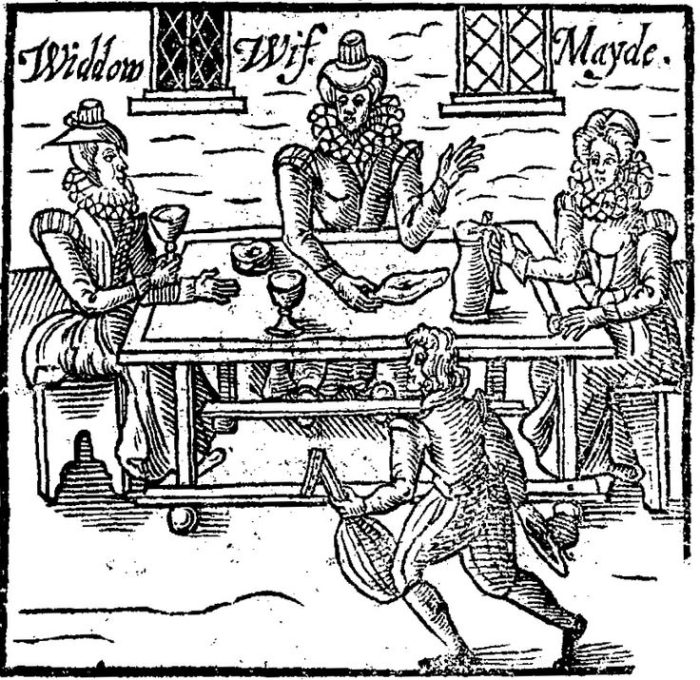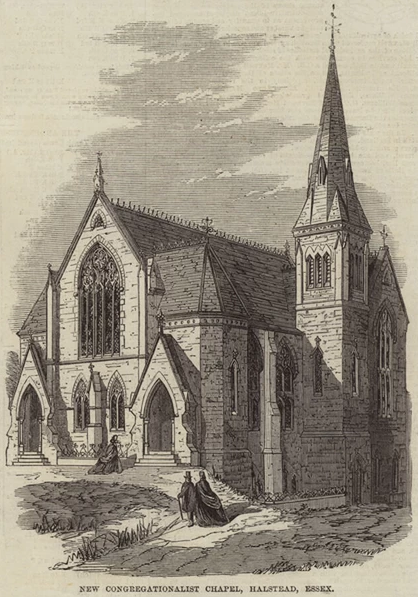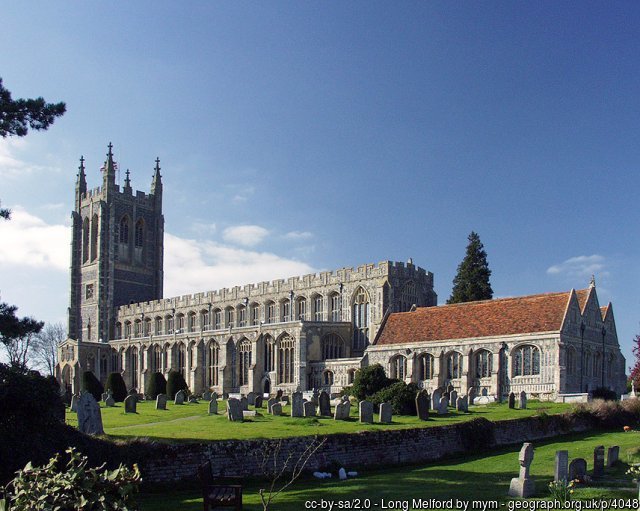Over 1,000 burials for Long Melford from 1721 to 1740 now online. This set includes a larger than usual number of burials in the late 1720s when an epidemic affected the whole country following poor harvests in the middle of the decade.
More Long Melford baptisms!
Nearly 1,400 baptisms for Long Melford, Suffolk, from 1701 to 1730, now online.
More Long Melford marriages!
600 marriages for Long Melford, from 1651-1700. The couples come from all over Suffolk, and some from Essex, too, so you never know who you might find in these records!
More Long Melford burials
Over 1,200 burials for Long Melford, Suffolk, from 1690 to 1720 now online!
More Long Melford baptisms!
Over 1,100 baptisms for Long Melford, Suffolk, from 1681 to 1700! Who will you discover?
More Long Melford burials
Over 1,300 burials now online for Long Melford, Suffolk from 1661 to 1691.
More Long Melford baptisms
Over 1,300 baptisms for Long Melford, Suffolk, from 1651 to 1680, now online.
Long Melford marriages
This is not an April Fool! Over 800 marriages for Long Melford, Suffolk, from 1570 to 1650, are now online.
These were quite a challenge to transcribe – some parts of the entries have been lost on the edge of the page. I’ve referred to Boyd’s when this has happened, and I’ve made it clear in the notes what Boyd’s interpretation is. Hopefully you’ll find your family in these records!
Halstead Independent records
Baptisms and burials for Halstead Independents are now online! What’s available and from where is a bit of a saga, so please check the notes before dipping in so you know what’s what.
There’s baptisms and births for the Old Independent Meeting, for several years between 1761 to 1828.
Then, for the High Street Congregationals, there’s baptisms from 1828 to 1837, and a very small number of burials from 1832 to 1833.
More Long Melford burials
Over 1,000 burials for Long Melford, Suffolk, from 1631 to 1660 now online!


